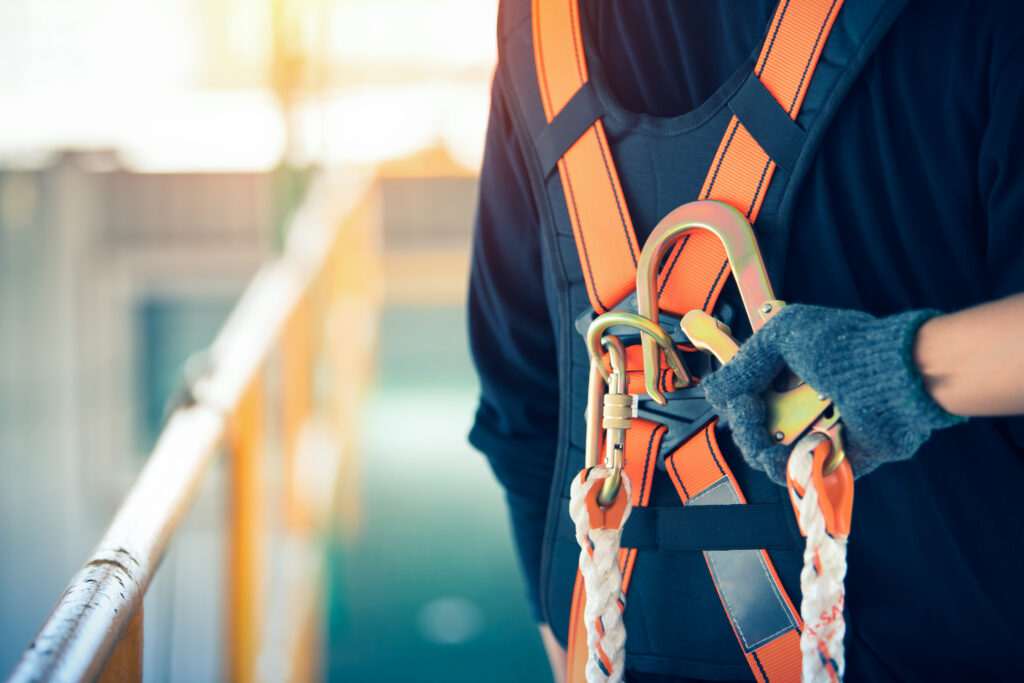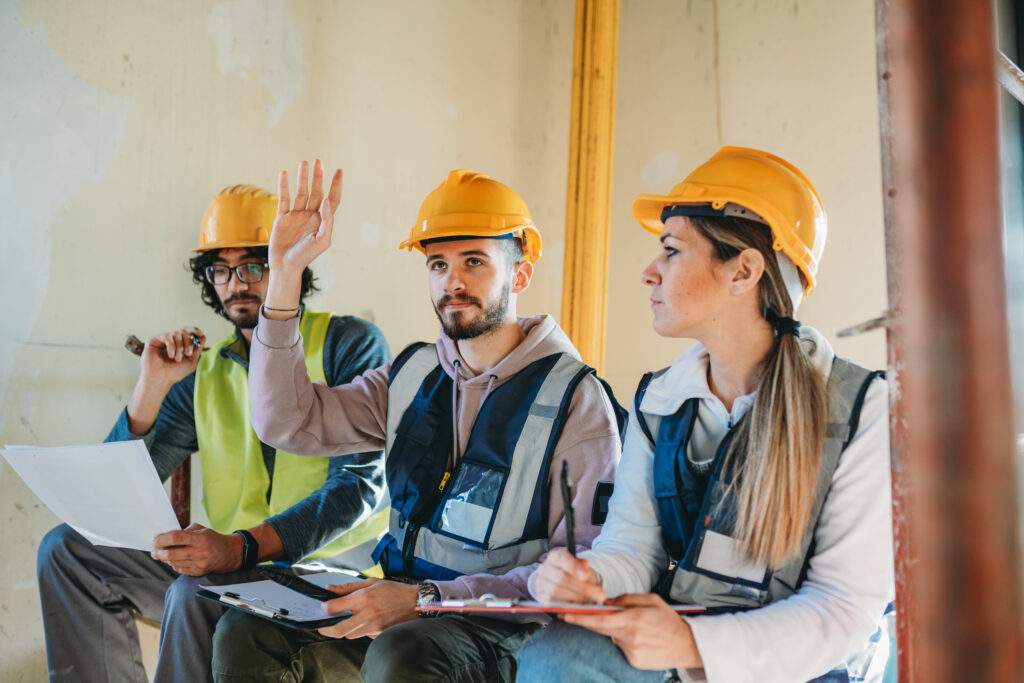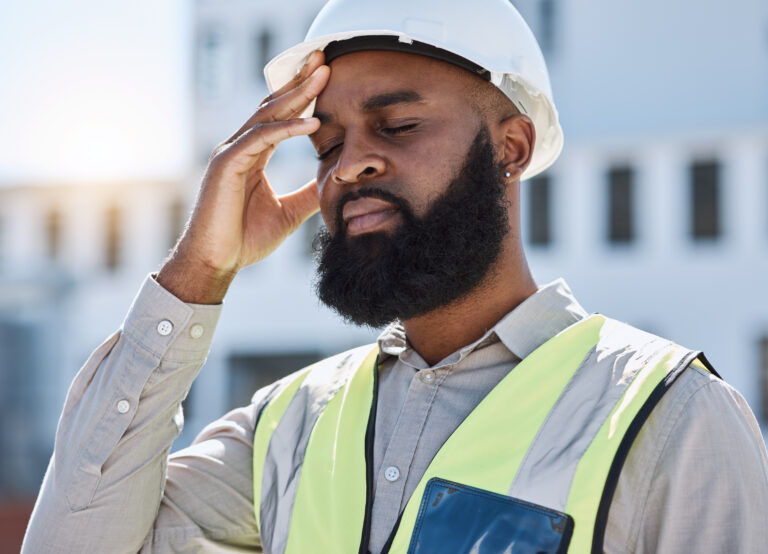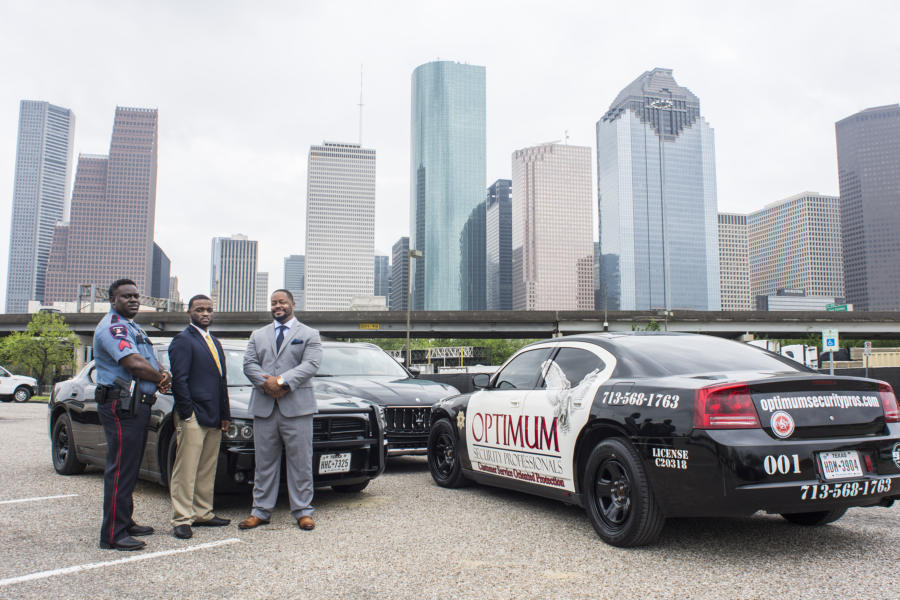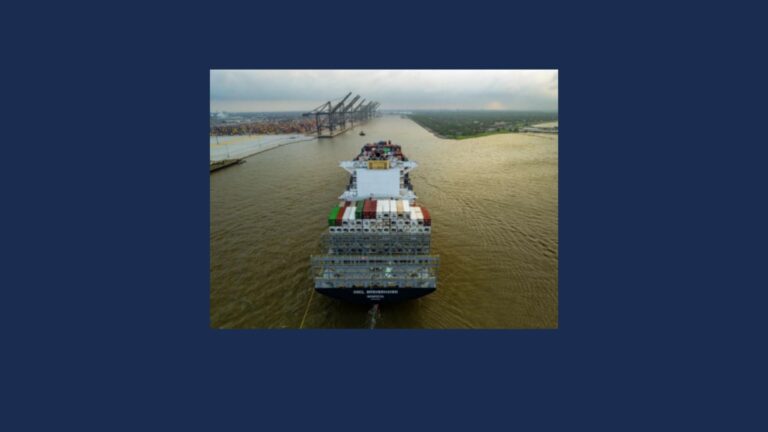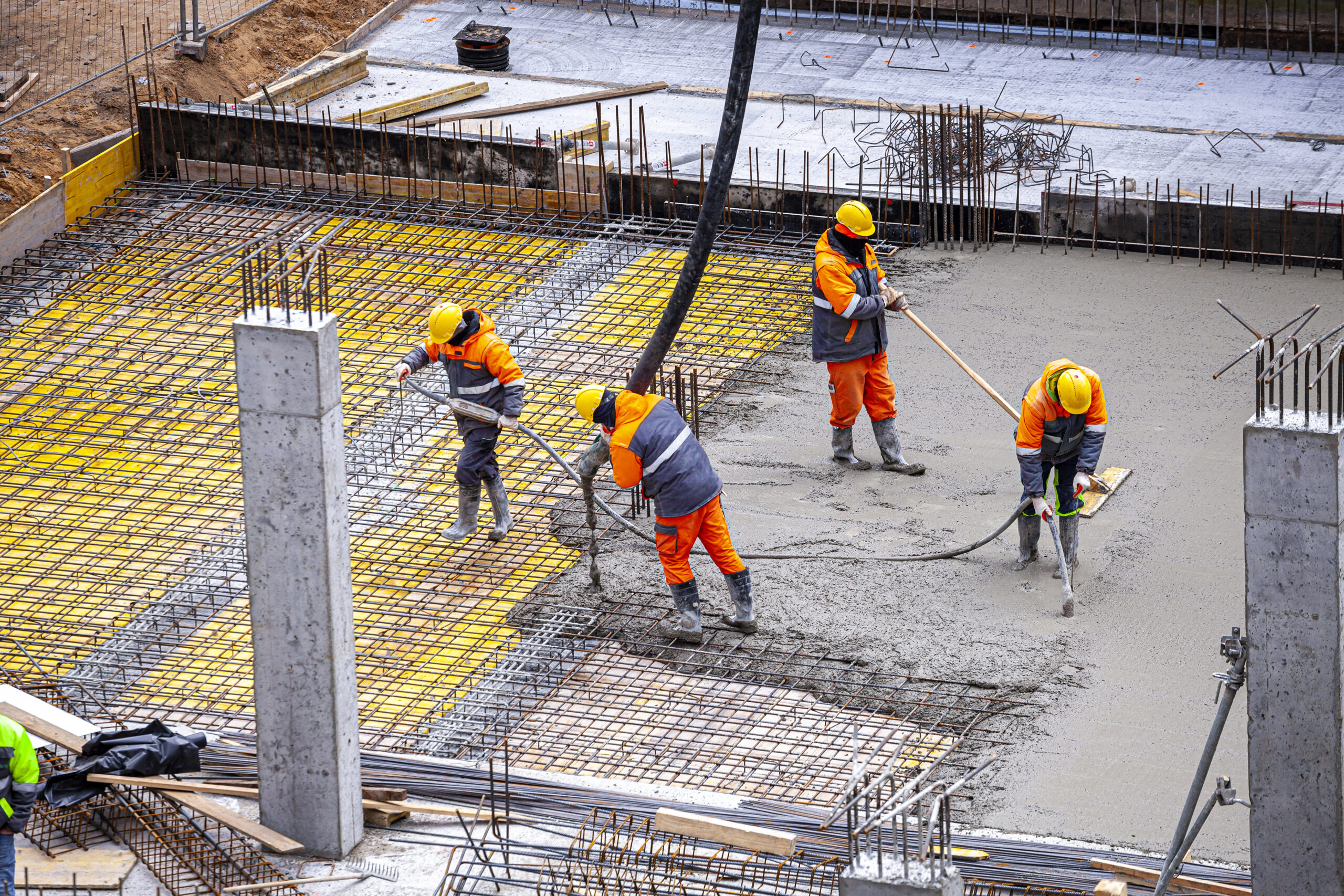
Adhering to safety precautions within the construction industry is paramount. The safety of workers on the site always remains a priority. To maintain this safety, it is crucial to follow common safety requirements, including those discussed below.
In addition to the regular safety standards on construction sites, the year 2020 brought additional challenges in the form of COVID-19 precautions. Like precautionary measures experienced at local doctor’s offices or grocery stores, protection is required at construction sites as well.
EXCAVATION SITES
Excavation sites present various dangers, from heavy equipment accidents to cave-ins. All excavation and trench sites must undergo inspection by a professional. Additionally, workers must always wear approved hard hats to prevent injuries from falling objects.
For excavations deeper than five feet, additional precautions must be taken. Protective systems must be implemented, and there should be access in and out of the excavation via a ramp or ladder. Heavy equipment must be kept at least two feet or more away from the edge of excavations to prevent cave-ins.
SUPPORT SAFETY
Support safety focuses on equipment that lifts and supports workers off the ground. From heavy machinery like lifts to smaller tools like ladders and stairs, support safety is crucial.
Lifts should generally have guardrails and must be in always working order. Workers should never overload ladders beyond their recommended capacity, nor walk beneath lifts or ladders to prevent injuries from falling items.
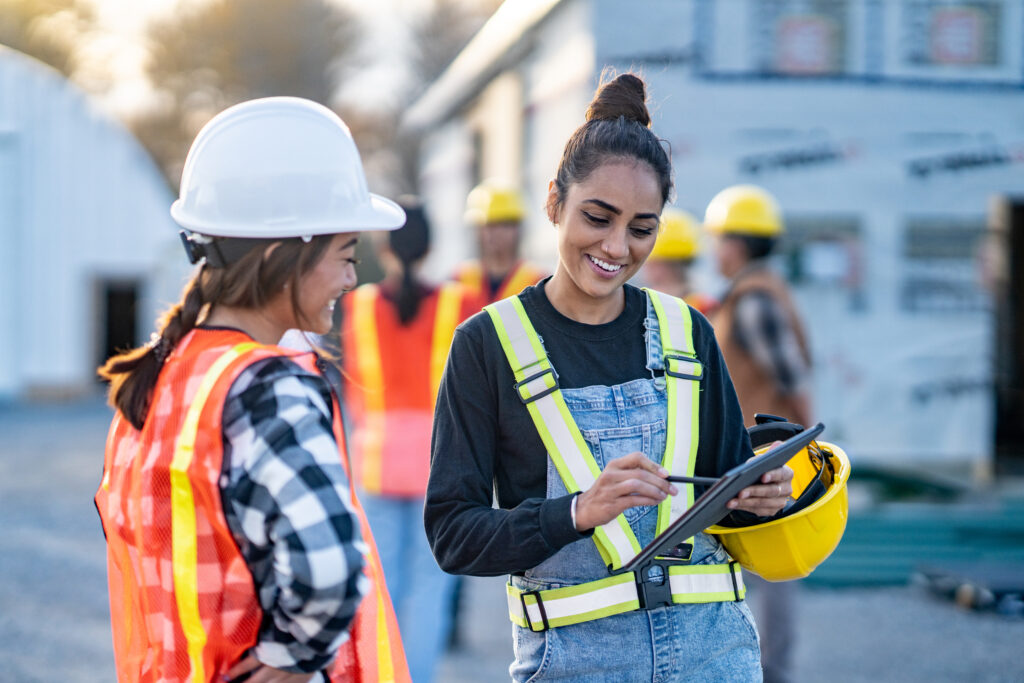
FALL SAFETY SYSTEMS
Fall protection must be in place on all construction sites. Even on sites where workers are not required to work off the ground, holes and trip hazards can still pose fall risks.
Workers should familiarize themselves with the site, whether working at height or on the ground, to identify and avoid hazards. For those working off the ground, ensure fall protection systems such as guardrails and lifelines are in place before commencing work in the area. Additionally, ensure safety equipment is working properly before use.
BODY PROTECTION
Wearing appropriate body protection at construction sites is essential. Hard hats are recommended at all sites. Protective glasses and earplugs should always be worn in areas where eye and auditory hazards exist.
For example, in areas where flying particles, chemicals, or light hazards like welding exist, workers should wear suitable face protection.
COMMUNICATION
Effective communication among team members is another vital aspect of construction safety. Whether it’s coordinating tasks, signaling for equipment movements, or alerting others about hazards, clear and concise communication can prevent accidents and ensure everyone’s well-being on the job site. Additionally, being proactive in reporting any safety concerns or near misses can help address issues before they escalate into more significant problems.
Furthermore, fostering a culture of safety within the workplace is vital for promoting a positive and proactive approach to safety. Encouraging open dialogue about safety concerns, recognizing and rewarding safe behaviors, and leading by example can help create a workplace where safety is valued and prioritized by all. By instilling a safety-first mindset among employees, construction companies can create a culture of accountability and responsibility that benefits everyone.
Source: T.F. Harper & Associates LP


